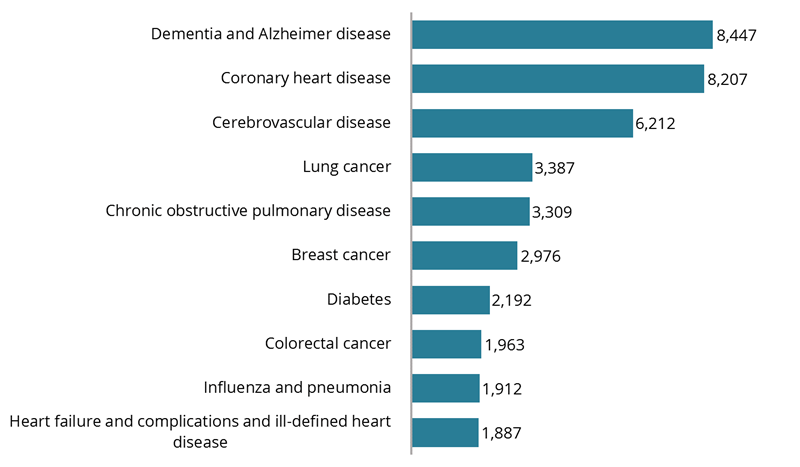Women’s Health Week 2019
This week is Women’s Health Week and it is time to focus on promoting health for all women and educate women about health statistics and what we can do to improve our overall health.
According to research done by the Australian Government: Australian institute of Health and Welfare, an alarming 1 in 2 women reported having one or more chronic diseases.
Some people have more than one chronic disease or health problem at the same time. This is commonly called “comorbidity”. Having comorbid chronic conditions can have important implications for a person’s health outcomes, quality of life and treatment choices.
Comorbidity data was collated for the following eight chronic diseases because they are the most common and pose significant health problems. These diseases have been the focus of recent AIHW surveillance efforts, and action can be taken to prevent their occurrence:
- arthritis
- asthma
- back problems
- cancer
- COPD (chronic obstructive pulmonary disease)
- CVD (cardiovascular disease)
- diabetes
- mental health conditions


In 2014–15, half of all females (52%) had one or more of these chronic conditions: 27% had one, 15% had two, and 10% had three or more. Chronic disease comorbidity was higher for females than it was for males (25% of all females had two or more chronic conditions, compared with 21% for males)
Note: This survey data is self-reported by women themselves and most likely under-reports the true prevalence of chronic diseases.
The occurrence of these chronic diseases varies with age. 87% of women aged 65 and over have a chronic disease, compared with 37% of females aged under 45.
Causes of death in women
Monitoring causes of death helps measure the health of a population. Causes of death can be used to assess the success of interventions to improve disease outcomes, signal changes in community health status and the way we treat chronic disease. It also highlights inequalities in health status between population groups (for example – sex, race, age, etc).
In 2016, there were 76,637 deaths among Australian females. The leading cause of death was dementia and Alzheimer disease, followed by coronary heart disease, and cerebrovascular disease.
Leading causes of death among females, 2016

Source: AIHW 2018b. Deaths in Australia. Cat. no. PHE 229. Canberra: AIHW
A lot of these causes of death in women are preventable by making lifestyle modifications.
Who can help?
Exercise physiologists are knowledgeable about the effects that exercise has on the musculoskeletal system, as well as on the cardiovascular and endocrine systems. They can prescribe a course of exercises for either fitness or rehabilitation. Home based or gym based exercise routines may be recommended. They can also advise on behaviour and lifestyle changes to improve your health and chronic disease management.
Exercise is recommended as medicine in the treatment of 26 different types of diseases. EPs are trained to develop exercises based on every client’s needs and requirements. It’s similar to what your GP would prescribe however EPs prescribe exercise as medicine with little or no side effects. So why not try exercise as a treatment before your medical condition requires medication?
Interventions aimed at changing diet and lifestyle factors include educating individuals about their condition and healthy behaviours which can include exercising regularly, avoiding smoking and excessive drinking, and getting cholesterol and cancer screening tests to catch problems early.
References:
https://www.aihw.gov.au/reports/men-women/female-health/contents/how-healthy



